Your Cart
What is an HV Battery Pack?

What is an HV Battery Pack?
As the world accelerates toward clean energy and electrification, High Voltage (HV) battery packs have emerged as a cornerstone of modern technology—powering electric vehicles, energy storage systems, industrial equipment, and even aircraft prototypes. But what exactly is an HV battery pack? Why is it important? And how does it work? This blog will explore the definition, structure, applications, and benefits of HV battery packs in detail.
Understanding HV Battery Packs
Definition
An HV (High Voltage) battery pack is a rechargeable energy storage system designed to operate at high voltage levels—typically ranging from 100 volts to over 800 volts. These battery packs are commonly used in electric vehicles (EVs), hybrid electric vehicles (HEVs), and Battery Energy Storage Systems (BESS) due to their ability to deliver high power and energy efficiency.
While a traditional 12V car battery is suitable for starting an internal combustion engine, it lacks the capacity and voltage required for the continuous and high-energy demands of EV motors or grid-scale energy storage. HV battery packs fill this gap by providing the necessary voltage and capacity to drive high-performance applications.

Components of an HV Battery Pack
An HV battery pack is more than just a stack of cells. It is a complex and highly engineered system composed of the following major components:
1. Battery Cells
These are the basic energy storage units. HV battery packs use hundreds or thousands of lithium-ion cells arranged in series and parallel configurations to reach the desired voltage and capacity.
2. Battery Modules
Cells are grouped into modules to facilitate manufacturing, thermal management, and maintenance. Each module typically includes sensors and a management circuit for individual cell monitoring.
3. Battery Management System (BMS)
The BMS is the brain of the battery pack. It monitors voltage, current, temperature, and state of charge (SOC) to ensure safe operation. The BMS also handles balancing cells, disconnecting the pack in emergencies, and communicating with the rest of the system.
4. Thermal Management System
Maintaining an optimal temperature range is crucial for battery performance and longevity. HV battery packs often use liquid cooling systems, air cooling, or heat pipes to manage temperature during charging and discharging cycles.
5. Electrical Connectors and Fuses
High-voltage systems require robust connectors, fuses, and contactors to manage the flow of current safely and isolate components during maintenance or failure.
6. Battery Enclosure
The housing or enclosure provides physical protection, waterproofing, thermal insulation, and fire resistance, especially important in automotive and industrial environments.
How HV Battery Packs Work
HV battery packs store electrical energy and deliver it at high voltages to power motors, inverters, or electrical grids. Here's a simplified overview of how they operate:
-
Charging: Energy from the grid, solar panel, or regenerative braking is converted into DC power and stored in the battery.
-
Discharging: When energy is needed, the battery releases stored power in DC form.
-
Voltage Conversion: A DC-DC converter or inverter converts the high-voltage DC to lower-voltage DC or AC power depending on the application.
-
Control & Safety: The BMS constantly monitors and adjusts parameters to optimize performance, prevent overcharging, and protect against thermal runaway.
Where Are HV Battery Packs Used?
1. Electric Vehicles (EVs)
One of the most visible applications. HV battery packs in EVs like Tesla, BYD, or Hyundai IONIQ typically operate between 300V to 800V, offering long-range and fast-charging capabilities.
2. Hybrid Vehicles
Vehicles such as the Toyota Prius use HV packs to work in conjunction with internal combustion engines. These typically operate at 100V–300V.
3. Battery Energy Storage Systems (BESS)
Grid-connected storage systems use HV battery packs to store and distribute power, regulate frequency, and support renewable energy integration.
4. Industrial Applications
Forklifts, mining equipment, and marine systems are increasingly using HV batteries for their high torque and energy efficiency.
5. Aerospace and Aviation
Emerging electric aircraft concepts are using HV packs to reduce emissions and noise in urban air mobility.
Advantages of HV Battery Packs
⚡ High Power Output
Capable of delivering significant power for propulsion, heavy machinery, or grid-scale applications.
🔋 Efficient Energy Storage
Higher voltage allows for lower current at the same power level, reducing resistive losses and improving efficiency.
🔌 Faster Charging
Higher voltage enables DC fast charging, reducing downtime for vehicles and grid systems.
🌍 Reduced Carbon Footprint
By replacing diesel engines or fossil fuel generators, HV battery packs help cut greenhouse gas emissions.
🧠 Smart Monitoring and Safety
Advanced BMS features provide real-time monitoring, diagnostics, and predictive maintenance.
Challenges and Considerations
While HV battery packs offer numerous benefits, they come with challenges:
1. Cost
HV battery packs are expensive to manufacture, although prices are steadily falling due to economies of scale and technological improvements.
2. Safety Risks
High voltages pose serious risks. Faulty components or accidents can lead to thermal runaway, fire, or electric shock.
3. Thermal Management
Excessive heat can damage cells, shorten lifespan, or cause catastrophic failure. Advanced thermal management systems are essential.
4. Recycling and Disposal
End-of-life HV batteries need proper recycling processes to manage hazardous materials and recover valuable metals like lithium, cobalt, and nickel.
5. Standardization
As different industries adopt HV packs, developing common standards for voltage levels, connectors, and safety protocols is crucial.
The Future of HV Battery Packs
The future is electrified, and HV battery packs are at the heart of it. Here's what we can expect:
-
Solid-State Batteries: Promising higher energy density, faster charging, and better safety.
-
Modular and Scalable Designs: Making systems easier to maintain, repair, and upgrade.
-
Integration with Renewable Energy: HV battery packs will play a key role in stabilizing the grid with wind and solar energy.
-
Second-Life Applications: Used EV batteries can be repurposed for BESS or home energy storage before being recycled.
Conclusion
HV battery packs are not just bigger batteries—they are sophisticated, high-performance systems that power the future of mobility, clean energy, and industrial automation. From EVs to grid storage, their impact is profound, and their potential is just beginning to unfold.
As innovation continues and challenges are addressed, HV battery packs will become even more efficient, safe, and sustainable—driving us toward a cleaner and smarter future.
No comments
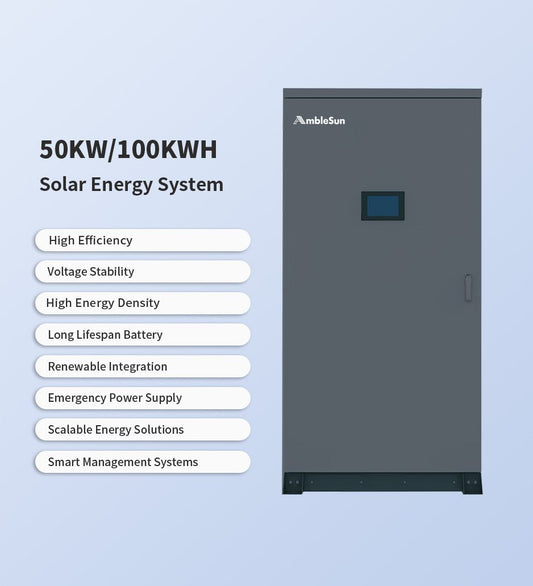


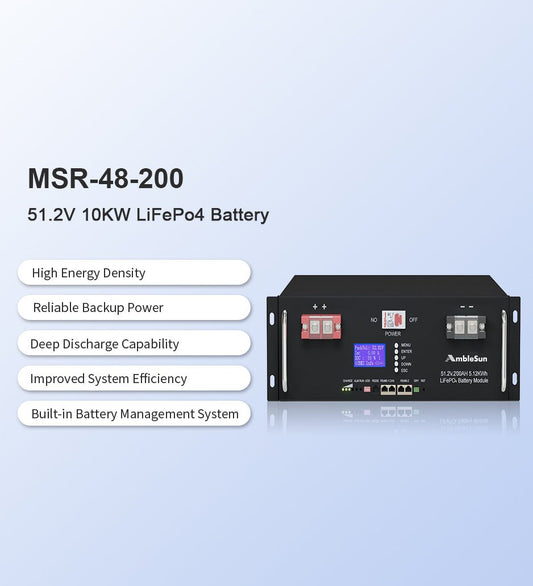
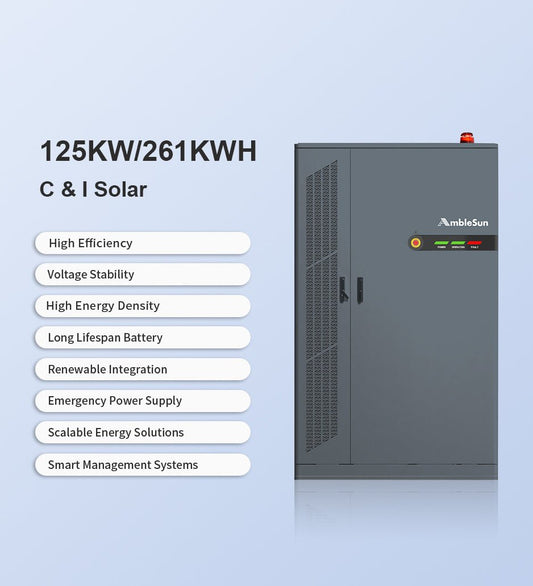
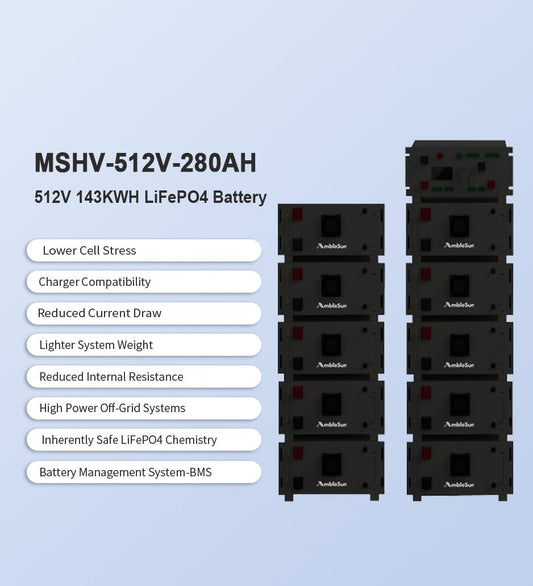


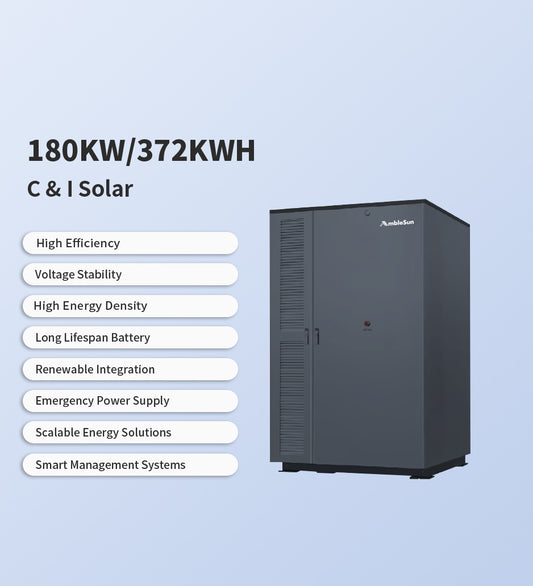
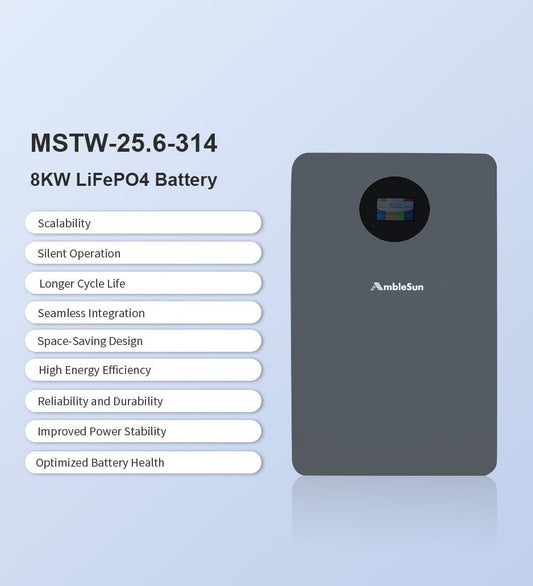





0 comments